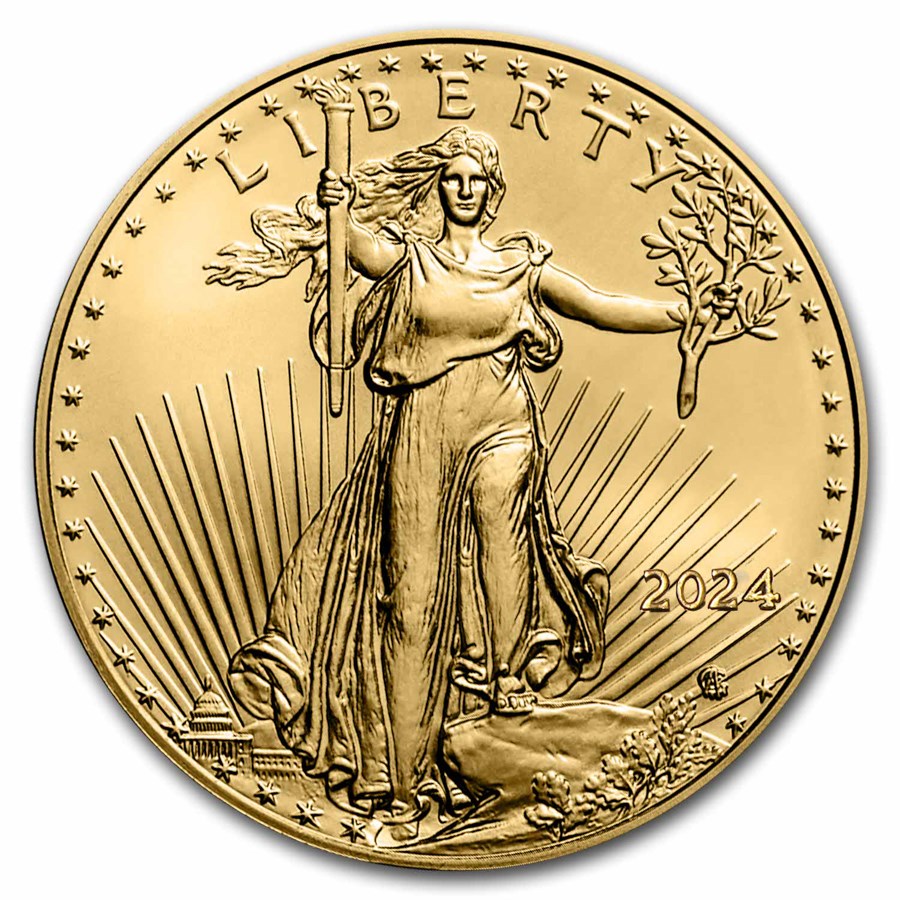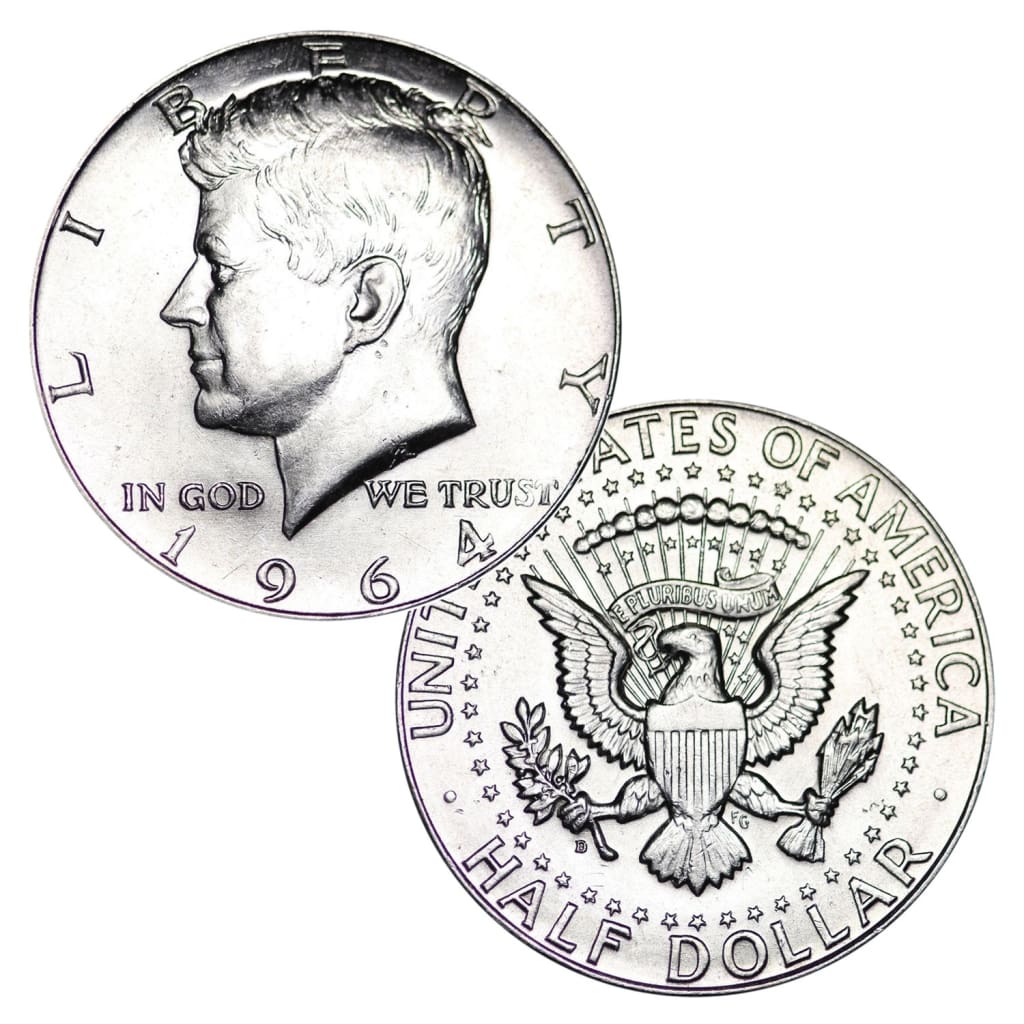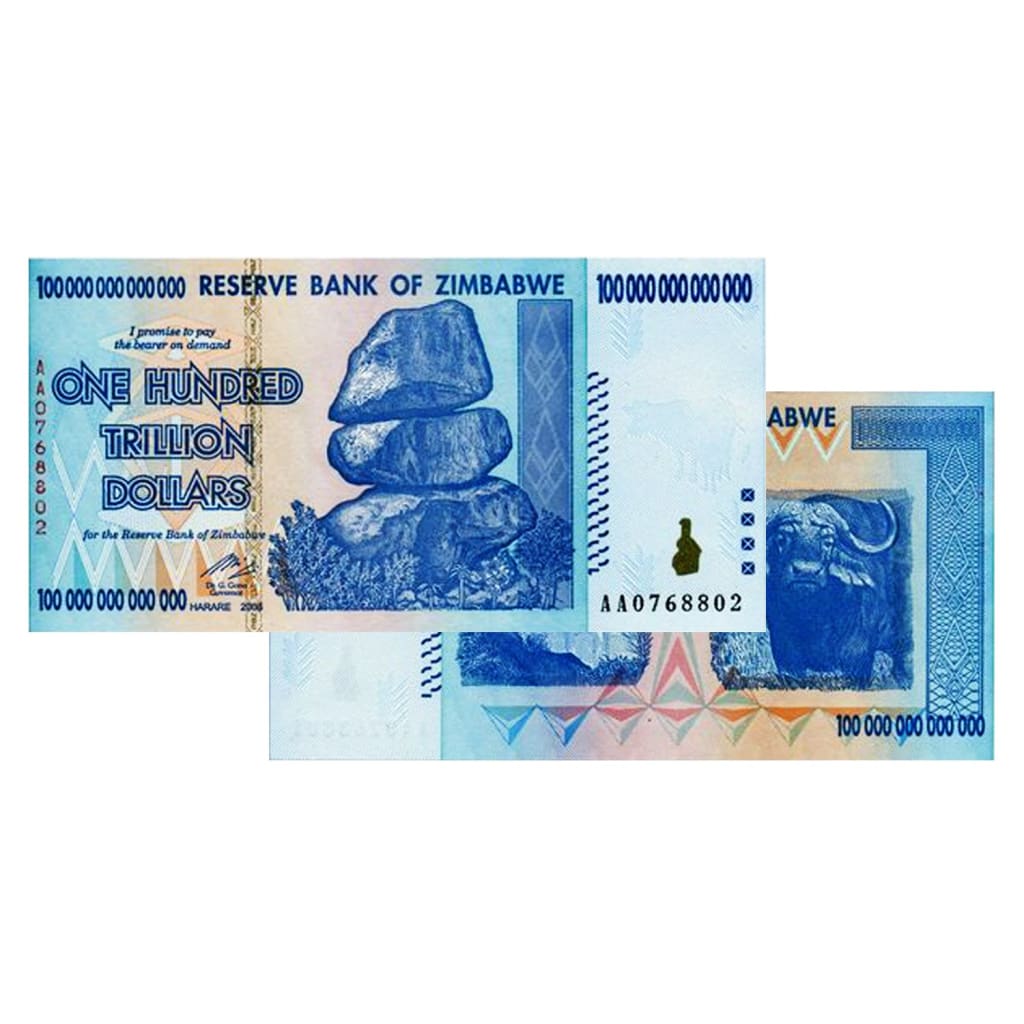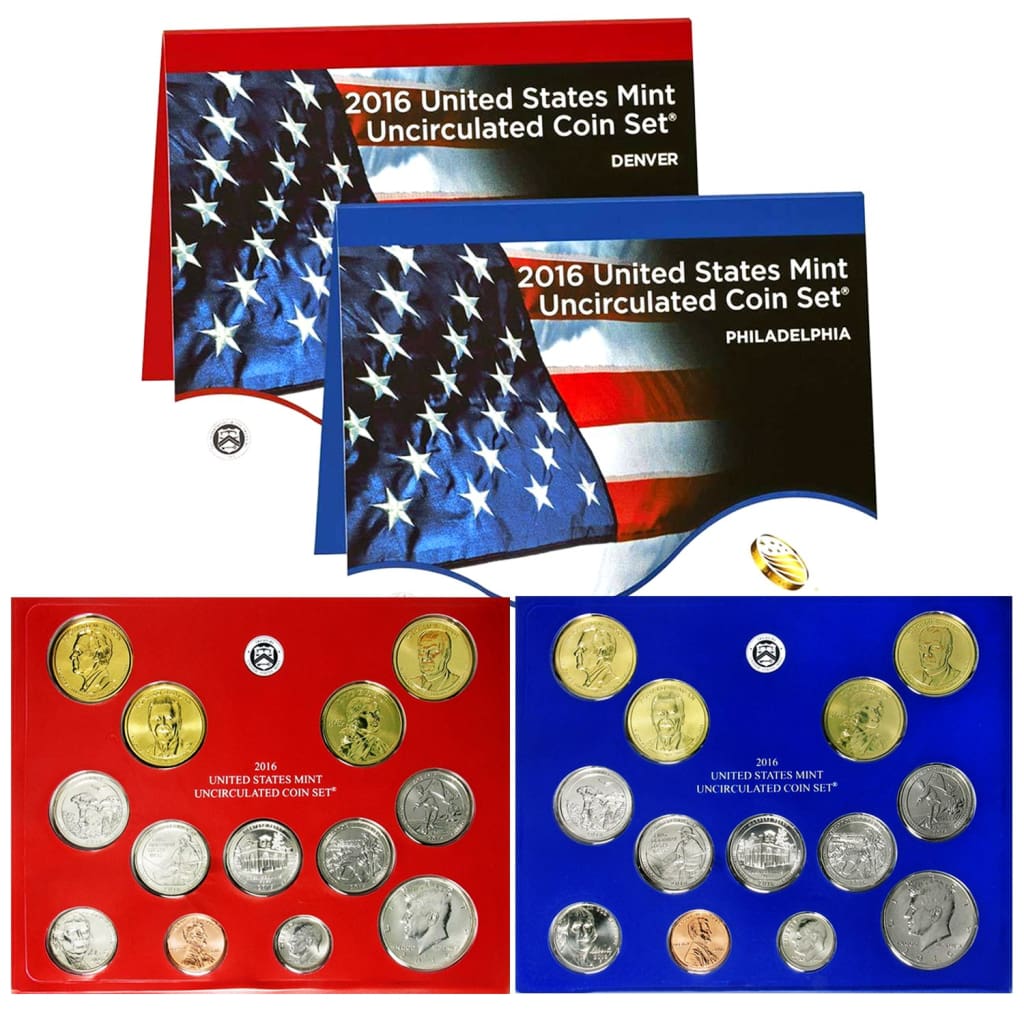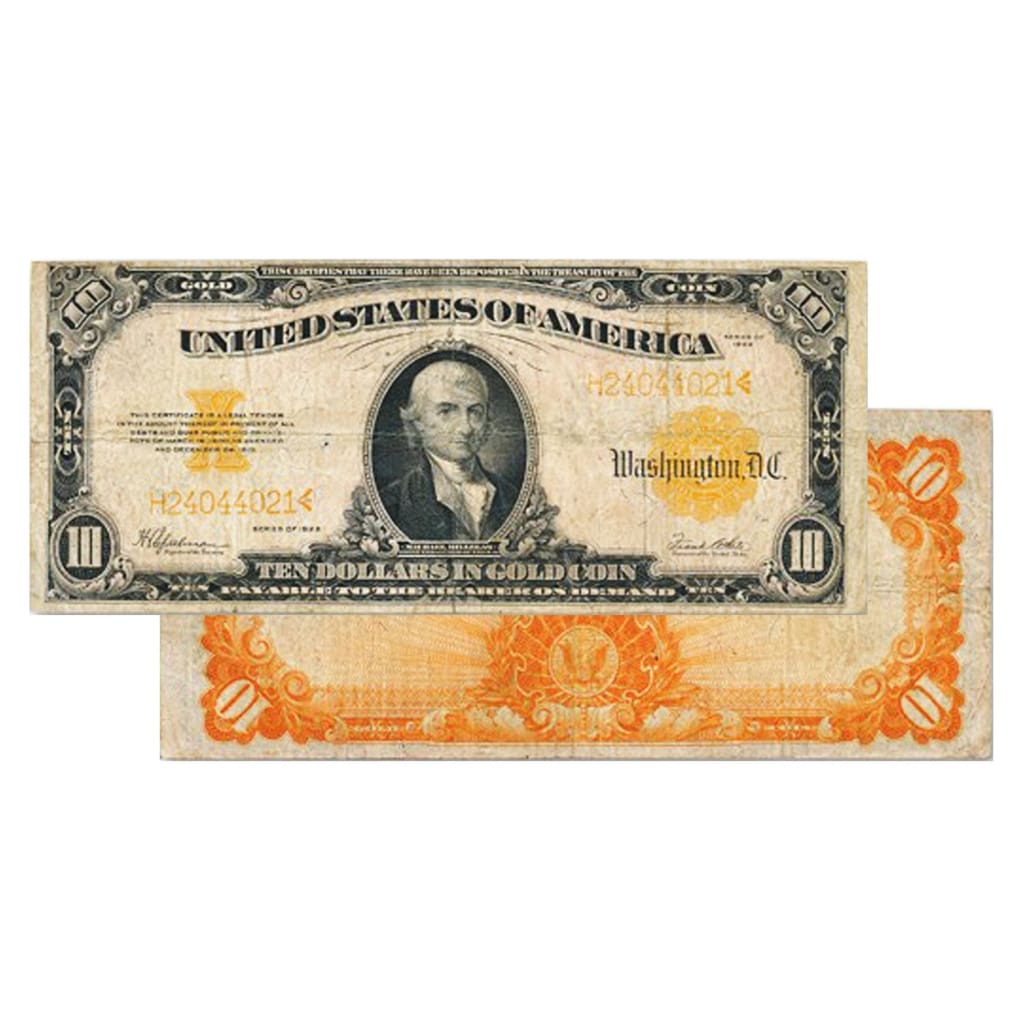Unlike certain modern coins, Roman coins have significant intrinsic value. For most of its lifetime, Roman currency consisted of gold, silver, brass, and copper coinage. However, many Roman coins are more valuable than their precious metal content.
Due to their age, Roman coins often have patina, which is a colored layer, usually green or brown that has built up over the centuries. When cleaning your Roman coins, it’s important not to remove the patina. Removing the patina can decrease the coin’s value and you risk damaging the coin.
There are many ways to clean ancient coins. What may work for one, may not work for another. Here’s a list of cleaning techniques that can help preserve your Roman coins:
- Let your coins sit in distilled water for 24 hours. Note: distilled water is not the same as tap water. You can purchase distilled water at your local grocery store. After letting them soak, rub them gently with a soft bristle toothbrush.
- Next, categorize coins into good, average and worst. The coins that look the worst, or are still very dirty, should be returned to the distilled water. Let these coins sit for another 24 hours or until you start to see a change.
- Fill a bowl with olive oil – try not to use Extra Virgin olive oil as the regular stuff often provides better results. For the good coins, olive oil alone should do the trick. However, for the average to worst coins, add half a teaspoon of lemon juice to the mix. The coins can sit for up to 48 hours, or until the oil goes green and thick with muck. Then rinse the coins off with distilled water and return them to a new bowl of olive oil.
- After a few days of this process, you should start to see some good results. Once coins look in good condition clean them all off with distilled water and a soft toothbrush. At this point, you can probably pick the dirt and encrustations off with a tooth pick. However, be very careful so that you do not damage the coin.
- Finally, store your newly cleaned coins in protective gear. This may include individual coin holders or sleeves. For long term storage, use coin tubes or hard plastic holders. Make sure your coins are fully dry before storage. Dampness and pollution can damage valuable, ancient coins.
There are other extreme methods of cleaning Roman coins such as ultrasonic cleaning and electrolysis. While these are both effective coin-cleaning tactics, they can damage the patina or the surface of the coin. I would only use these methods as a last resort effort. That being said, if a crusty coin cannot be cleaned with conventional methods it may be best to leave the coin as is.
Gary Dyner is the owner of Great American Coin Company. Connect with him on Google+.

